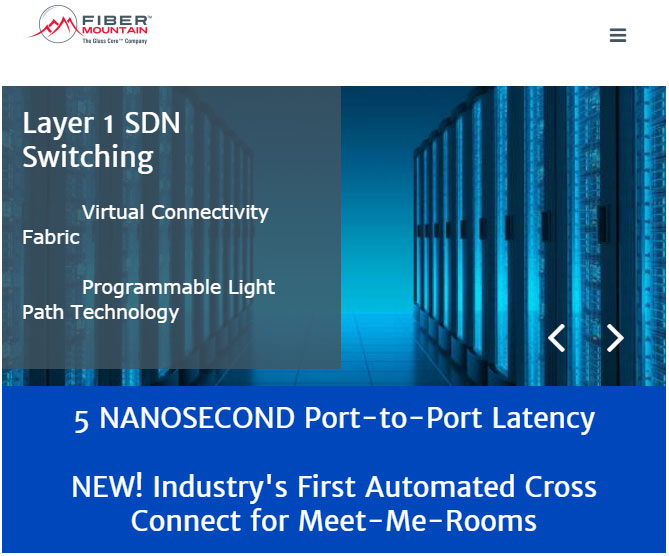Dell'Oro Group Predicts Bright Future for 400G Ethernet Speeds
The challenges operators face when it comes to bandwidth and capacity with growing traffic in metro, regional and long-haul networks is a never ending one. The proliferation of streaming content, cloud computing, mobile data, the Internet of Things (IoT) and many other services by consumers and organizations is responsible for this. And if that is not bad enough, the IEEE (Institute of Electrical and Electronics Engineers) predicts network traffic will increase one hundred times by 2020. The question is, what is the technology that network operators and data centers are going to adopt? The Dell'Oro Group predicts it will be 400G Ethernet.
As reported on EETimes, senior director of data center and Ethernet switch market research at Dell’Oro Group, Sameh Boujelbene, makes the case for 400G Ethernet. The first data point he highlights is that interviews by the firm have revealed three of the four largest Western cloud providers have a preference for 400G, with Google being one of the four to opt for 200G.
Even though 100 Gigabit Ethernet is just on the uptake with wide adoption, everyone has seen the writing on the wall, and they are looking ahead

as demand by users continues to surpass new technologies. And the need for 400G Ethernet is clearly obvious, even though the technology is still under the testing phase.
According to Boujelbene, there is uncertainty by cloud service providers as to which technology will be dominating the market in the future, 100G, 200G or 400G? The global picture reveals a split between 200G and 400G, with Google and OEMs in China looking at 200G. Boujelbene also reports vendors, who are key in the adoption process, such as Arista Networks in Ethernet switches, Broadcom in the silicon, and Oclaro and Luxtera in optical components are favoring 400G.
For Dell'Oro, 400G has some advantages over 200G that it believes will make it the better choice, and it begins with economics. The 400G optics achieve better economies of scale and sharper price decline with large volume acquisitions, which is a plus for large enterprises with multiple deployments across geographically dispersed locations. And when it comes to the deployments, it fits on one rack unit, an option the three of the top four cloud providers look for in achieving top-of-rack deployment.
Boujelbene also points out that a one-rack unit with 32 ports of 400G will be less expensive to build than a two-rack unit with 64 ports of 200G. And with data centers set to go through a minimum two product cycles over the next five years, the ramp up will move towards 100G in 2017 and 50G serdes, enabling 32 ports of 400G per one-rack unit beginning in 2019.
Dell’Oro Group said, “It views this situation differently from what we saw with the 100G transition. At that time, many optical component vendors invested in low-volume 100G Ethernet CFP/CFP2 only to miss the ramp of high-volume 100G Ethernet QSFP28. We believe optical component vendors have successfully built direct relationships with the large cloud providers and are now in a better position to assess high-volume market opportunities.”
As for the market, Dell’Oro Group is forecasting the Ethernet switches in the data center market will be in excess of $14 billion by 2021, and revenues for speeds at or greater than 100G will be about $4 billion in 2017, $7 billion in 2019 and $10 billion in 2021.
Edited by Alicia Young


